Devolution went some way towards cooling nationalist sentiment, but only temporarily. Once the Scottish Parliament began to operate, the Scottish National Party (SNP) began to grow. John Swinney – the current Deputy First Minister of Scotland – presided over somewhat of a stagnation in growth during his tenure as leader between 2000-2004 until his leadership was challenged by a number of party MPs who felt his centrist leanings didn't gel with the party's supposed dedication to the left side of politics. MSP Dr Bill Wilson was one of the strongest voices against Swinney, and whilst his leadership challenge failed, Swinney resigned in 2004.
The leadership election that took place later that year saw the return of popular SNP member Alex Salmond, who had led the party during the entirety of the 90s. Salmond held a firm pro-independence stance and whilst he had butted heads with other senior members of the SNP, his securement of the leadership came as little surprise to anyone.
Under Salmond the party gained their first ever victory in the Scottish Parliament during the election of 2007. After coming second to Scottish Labour in the first two Scottish elections, the SNP finally managed to become the largest party in Holyrood, with 47 seats to Scottish Labour's 46. After some deliberation, the Green Party agreed to combine their two seats with the SNP. Whilst this allowed the parties to gain control of the Parliament, they did not reach the 65 seat threshold required for a majority, and therefore had to form a minority government, which set certain limitations on their influence; there was certainly no mandate for an independence referendum.
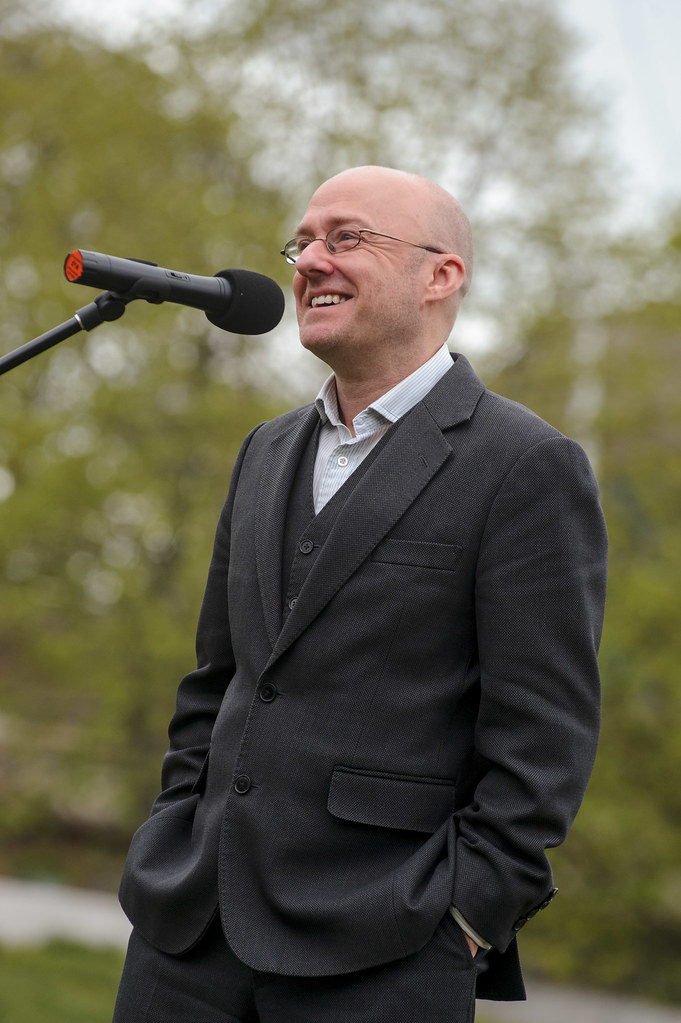 Patrick Harvie (Co-leader of Scottish Green Party) by The Cimate Coalition UK
Patrick Harvie (Co-leader of Scottish Green Party) by The Cimate Coalition UK
The 2011 election
With their new winning leader at the helm, the SNP went into the 2011 election with more confidence than ever before. More importantly, they went into the election with a firm promise that, should they win, they would ask the people of Scotland to choose whether they wanted to remain in the Union or become an independent country. Shockingly, despite Scotland's election system being designed to make an outright majority difficult for any one party to attain, the SNP won a landslide victory, with 69 seats to Scottish Labour's 37. This was the first time in Holyrood history that a single party held an outright majority in the Scottish Parliament, eclipsing Scottish Labour's previous record of 56 seats in 1999.
In the party's acceptance speech they painted a picture of Scotland as a place of many voices, whose story comes from people all over the world. They also stressed the importance of Scotland standing as an equal on the world stage, and outlined the core arguments for independence.
With a manifesto commitment to hold an independence referendum, the party petitioned the UK government, then led by David Cameron of the Conservatives, to grant them permission to hold the vote. That permission came in the form of the Edinburgh Agreement, which was signed by both governments on 25 October 2012. It allowed for an independence referendum to be held so long as it took place before 31 December 2014, and stated that the results would be acknowledged unquestioningly by both parliaments. Many questioned why David Cameron allowed the referendum to go ahead, but he vehemently defended his decision, declaring that to block the vote would be tantamount to inciting an "almighty and disastrous battle" between Holyrood and Westminster. During a Q&A session in Gloucestershire he explained that:
"I felt, as the prime minister of the UK, I had a choice. I could either say to them 'well you can't have your referendum, it is for us to decide whether you should have one.' I think that would have led to an almighty and disastrous battle between the Westminster parliament and the UK government and the Scottish government and the Scottish first minister. So I did what I thought was the right thing, which was to say 'you voted for a party that wants independence, you should have a referendum that is legal, that is decisive and that is fair.'"
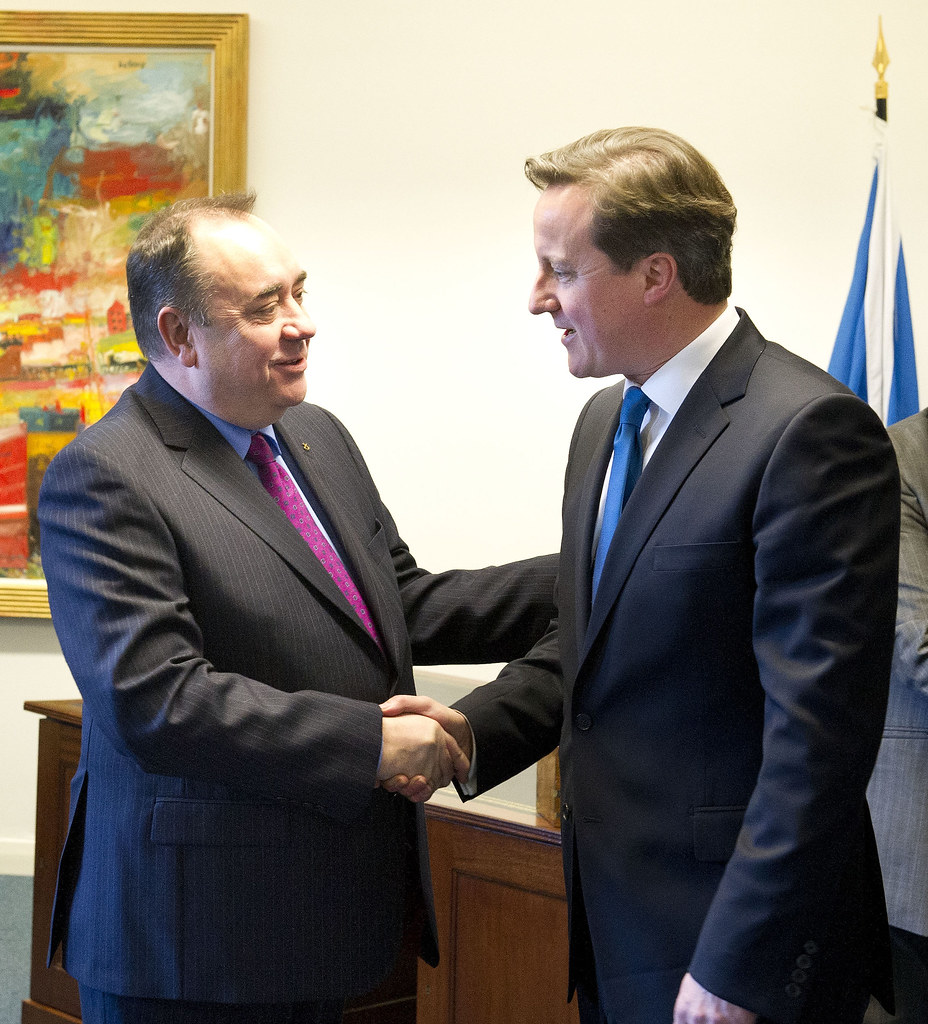 2014 First Minister Alex Salmond meeting with Prime Minister David Cameron by Scottish Government
2014 First Minister Alex Salmond meeting with Prime Minister David Cameron by Scottish Government
The sheer significance of the SNP majority would have made such a decision woefully undemocratic, especially given that the SNP made it clear that a vote for them was a vote for a referendum.
In May 2012 — before the Edinburgh agreement had been signed — the Yes campaign was launched in order to encourage voters to come out in favour of independence. Of the political parties that made up the Scottish government, three of them were associated with the Yes movement: The SNP, the Scottish Greens, and the Scottish Socialist Party. In opposition to them came the Better Together Campaign, led by Alistair Darling of Scottish Labour. The Scottish Conservatives, Scottish Labour, and Scottish Liberal Democrats made up the backbone of the Better Together campaign.
The Yes side
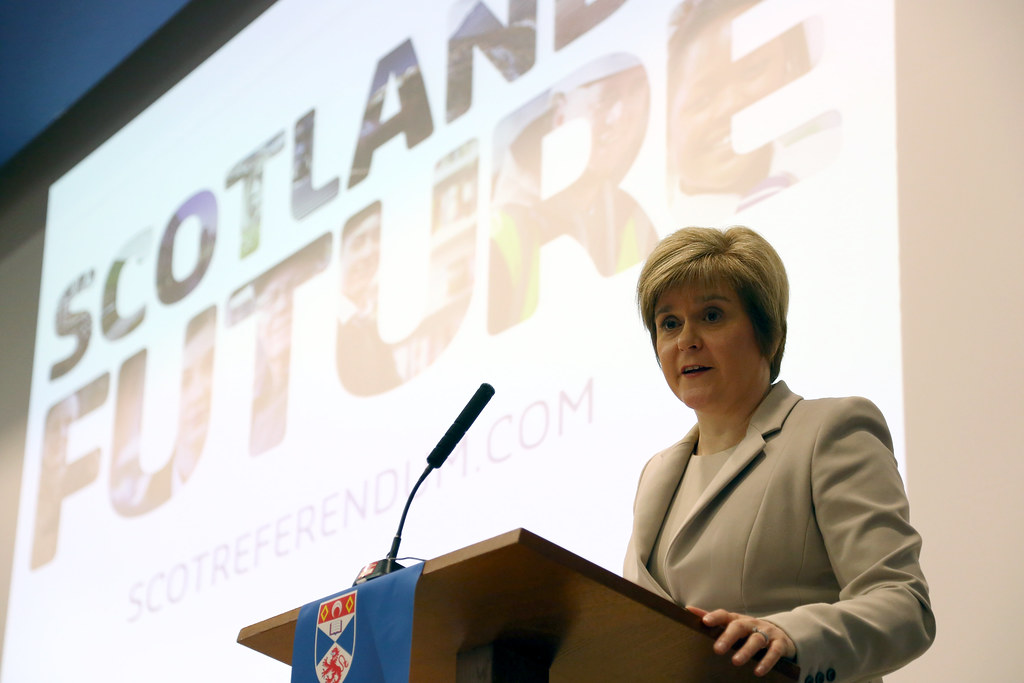 First Minister Nicola Sturgeon during 2014 referendum campaign by Scottish Government
First Minister Nicola Sturgeon during 2014 referendum campaign by Scottish Government
The argument for independence was centred around powers that had not yet been devolved by Westminster. This included full power to borrow, lend, and invest, which are all essential for growing a country's economic strength. An independent parliament would have full control over policies that affect Scotland, which means that every democratically elected Scottish Government would have total autonomy over the country's direction.
The SNP laid out the desire for Scotland to have a stronger voice within the European Union. They believed the interests of Scots would be better represented if Scotland was an independent country sending its own MEPs to the European Parliament.
There was also a strong emphasis on Scotland's own ability as a nation to fund its self-governance. Renewable energy, whisky, tourism, fishing, and timber were among the high-earning industries cited by the Yes campaign. At the forefront of the argument however, was the potential revenue to be gained from Scotland gaining full power over the distribution of the North Sea oil reserves; at the time it was predicted that there was still enough oil left to fill 15bn-25.6bn barrels.
Disarmament influenced a number of voter's decision. The UK's nuclear submarines - Trident - are kept in Scotland and cost upwards of £5bn a year. Should Scotland become independent, these weapons would have to leave Scotland.
On a grassroots level, an emotional argument was laid out. Many Scots argued that since Scotland has its own culture, history, and traditions, it deserves true sovereignty. A decline in Scots and Gaelic speakers, as well as a perception of 'anglicisation' led some to believe that independence was the only way to escape the 'standardisation' of Scottish culture.
Furthermore, as a more left-leaning country in general, many voices on the Yes side claimed that an independent parliament would better represent Scotland's political ideology in contrast to the traditionally more conservative Westminster. Scotland had not not voted for the Conservatives in a general election since 1959.
The Better Together side
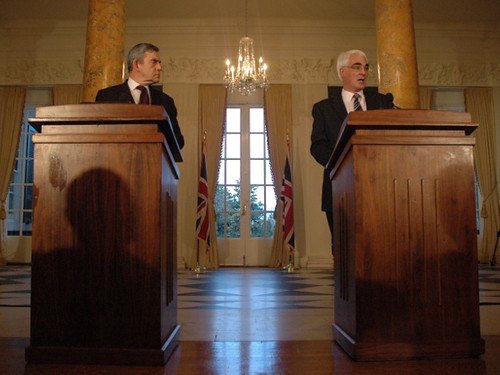 Gordon Brown and Alistair Darling Better Together press conference by Downing Street
Gordon Brown and Alistair Darling Better Together press conference by Downing Street
The centrepoint for the Better Together’s campaign was arguing the benefits that being part of a larger Union had for Scotland. Being part of a larger economy gives Scotland a higher level of influence on the world stage and — according to the Better Together campaign — provided them with a safety net during economic uncertainty.
Another key argument often put forward by those in favour of the Union was the potential for Scotland to be unable to rejoin the EU. The Better Together campaign stressed that once Scotland left the UK, they would have to petition for EU membership, and there was no guarantee they would be accepted.
Much like the case for independence, emotional factors were taken into account. Many Scots considered themselves British first, with a shared history and British values giving them a strong sense of nationalism. David Cameron even gave a teary speech during the final weeks of the campaign, pleading with Scots not to dissolve a Union that had "beaten Hitler and formed the NHS together."
There were also concerns over whether Scotland would have to implement a hard border between them and England, and if they would have to change currencies from the pound sterling to the euro. Whilst nothing was confirmed on how either of these issues would go, the uncertainty made certain Scots unwilling to seek change.
Uncertainty was the cornerstone of the case for the Union. There was no way to 100% guarantee that an independent Scotland would be able to function economically on its own. Particularly if it failed to gain a favourable trade deal with its most important trade partner — England. Additionally, financial institutions such as banks were unhappy with the lack of clarity, revealing that they had a number of contingencies in place if a 'yes' vote took place, including moving their head offices to London.
An element of hope existed within the argument for the Union. Devolution had been popular, and for those who were uncertain about voting for outright independence but still wanted more autonomy for Scotland, the idea of Devomax was lauded as the perfect compromise. Massive swathes of policy change were promised by the three main pro-union parties if a 'no' vote went ahead; essentially, devolved powers would be taken to the extreme, with almost full fiscal autonomy put on the table. This was the Better Together campaign's Hail Mary pass at swaying the portion of the Scottish electorate that was still undecided; a best of both worlds solution.
Results
After almost three years of avid campaigning, the Scottish electorate took to the polling stations to cast their votes on the issue of independence on 18 September 2014. The question on the ballot was simple, "Should Scotland be an independent country?" with an option of yes and no.
For the first time in UK history, 16 and 17-year-olds were given the right to vote in a referendum. Young people polled overwhelmingly for independence, and the move was seen as a boon for the Yes campaign.
84.6% of the electorate turned up to the polls. This was the highest turnout in a UK election or referendum since 1910 (which was before universal suffrage). It took many hours of overnight counting for the results to be declared, but in the end, Scotland voted to remain in the UK, with 55.3% voting against independence, and 44.7% voting for it. The results were clear; The Union prevailed.
Perception of the campaign
It is impossible to deny that the referendum did not inspire engagement from the Scottish population. With a phenomenal turnout and huge media coverage, it is clear that the referendum invited more political debate amongst people from all backgrounds than any other vote in UK history.
There was criticism levelled against both sides, however. Project Fear was the brand given to the Better Together campaign by those that argued that, rather than voicing the positives of the Union, they instead focused their efforts on bombarding the population with 'what-ifs' and portents of doom.
On the flip-side, the Yes campaign was criticised for being unable to provide clear answers on what exactly would occur should Scotland vote for independence. Uncertainty put many off the idea altogether.
Voice asked politicians that lived through the campaign how they felt about the way it was conducted.
MSP Brian Whittle of the Conservative party stated that: "In terms of how it was conducted, suffice to say I was hugely disappointed. It split my country in two, pit friends against friends, family against family, and it was, from all sides, done in a way that I thought was quite bitter, which is why I’m quite surprised I got involved in politics after that."
MSP Craig Hoy, also of the Conservatives, echoed Whittle: "I was actually overseas at the time - however I followed the campaign very closely. I was heartened that the result was clear, but saddened that it caused such division and rancour in Scottish politics. This is something that we need to draw a line under and that’s why I firmly believe we should move on from discussion about dividing Scotland from the UK and focus on how we can move forward as four nations in one United Kingdom together."
Nicola Sturgeon however, in an article written for the official Yes website in 2019, looked back fondly at the political engagement that resulted from the campaign:
"Indyref1 was an invigorating experience, one that saw Scotland come alive, not just with impassioned debate, but alive to the possibilities of the kind of country we could be, contributing in our own small but significant way to making a better world.
"Scotland was at that point arguably the most informed, engaged and intelligent electorate anywhere in the democratic world. I can hardly think of a better testament to the transformative nature of the referendum, or indeed a better legacy to flow from it."
At the time, the 2014 referendum was referred to as a 'once in a generation' vote. However, with certain unprecedented events taking place in the years that followed, and the SNP continuing to hold a strong place in Holyrood, talk of Indyref2 continues to buzz. Next time we will look at the debate as it is today, and ask whether we will see another referendum within the next few years.

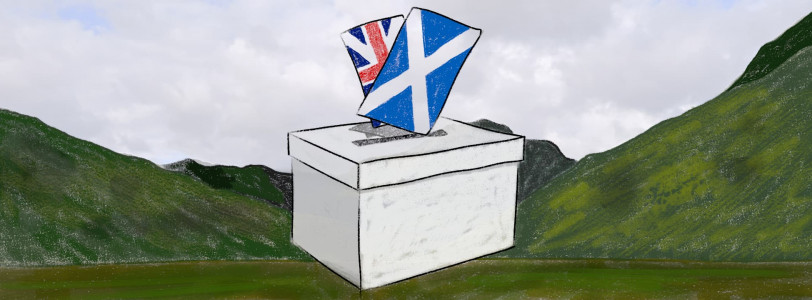
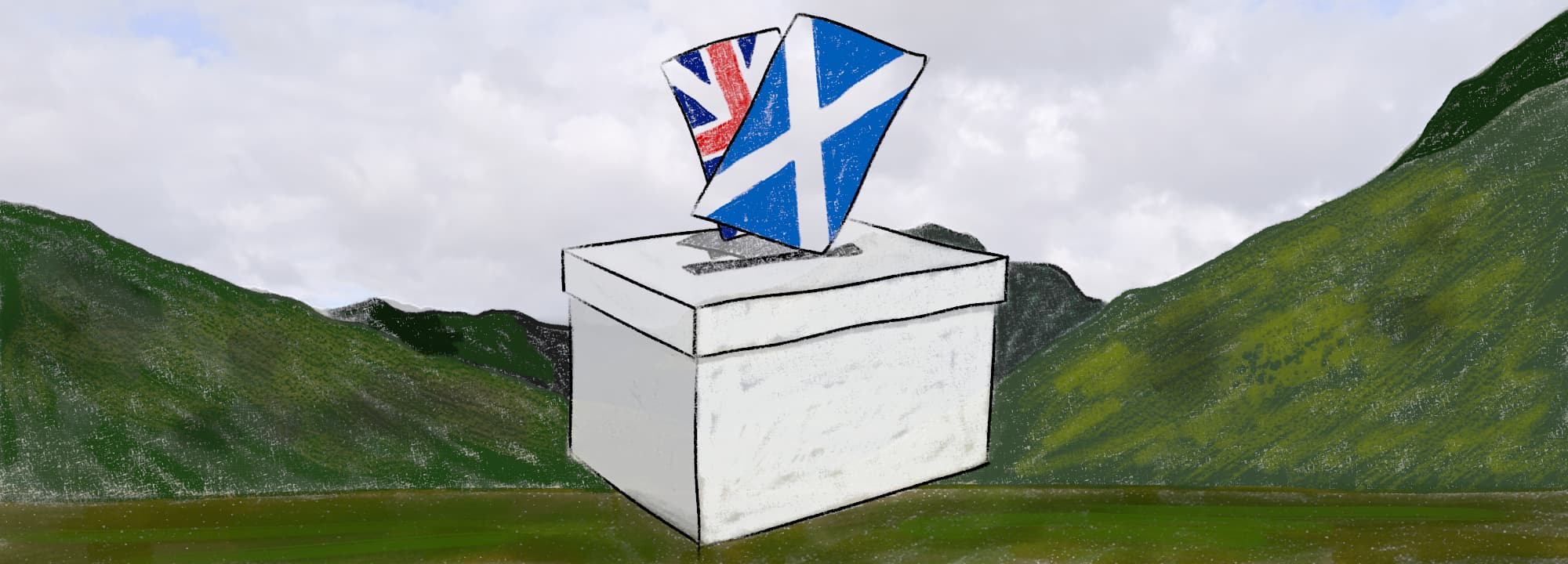

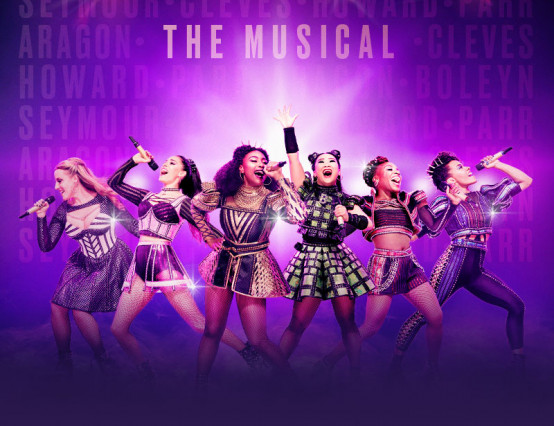
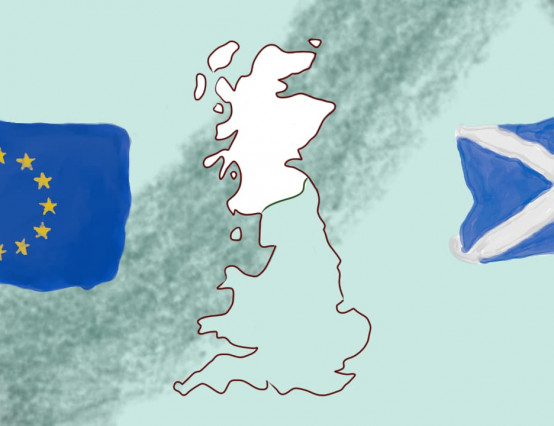



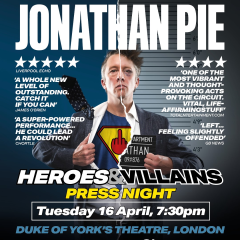
0 Comments